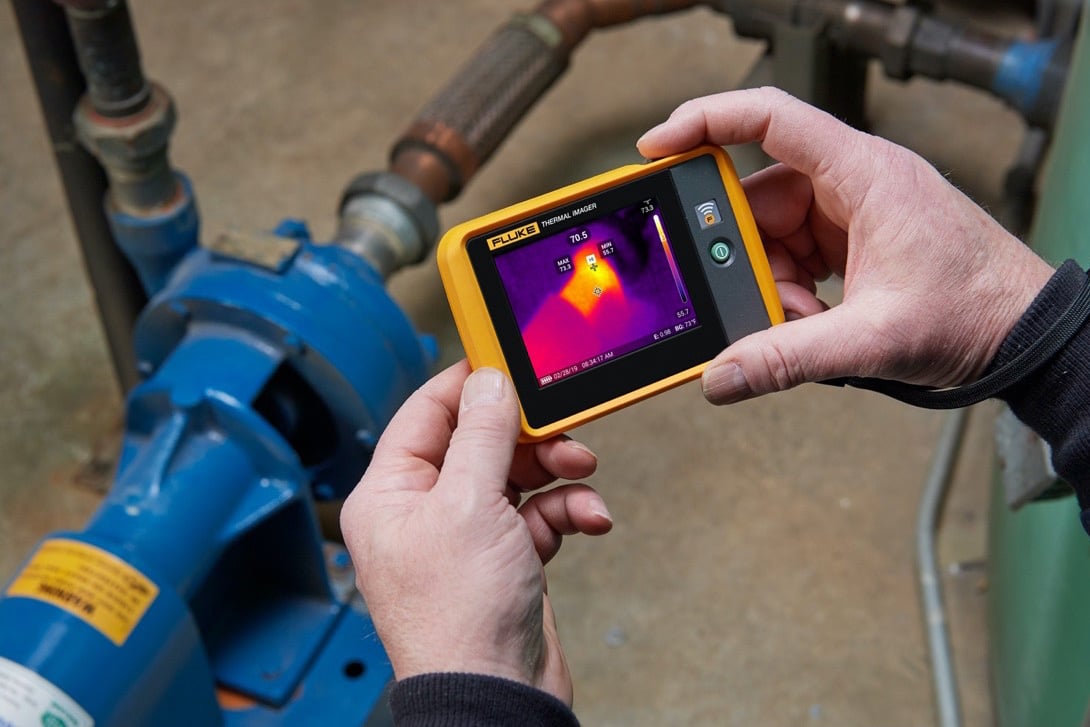Just How Specialist Water Leak Detection Can Conserve You Money and Avoid Damage
Just How Specialist Water Leak Detection Can Conserve You Money and Avoid Damage
Blog Article
Innovative Solutions for Early Discovery of Water Leaks in Structures and Facilities
From advanced leak detection innovations to the implementation of IoT sensing units for real-time monitoring, the landscape of leakage prevention is advancing swiftly. Automated water circulation evaluation systems are reshaping just how leaks are recognized and resolved, leading the means for a proactive strategy to water leakage discovery.
Advanced Leak Detection Technologies
Advanced leakage detection modern technologies, equipped with advanced sensing units and algorithms, play a crucial function in swiftly determining and pinpointing water leakages in numerous settings. Electro-magnetic sensing units can identify adjustments in electromagnetic areas caused by water, offering yet an additional layer of leak discovery capability.

IoT Sensors for Real-Time Monitoring
In the realm of contemporary water leakage detection, the assimilation of IoT sensors for real-time monitoring stands for a pivotal improvement in boosting proactive leakage detection capabilities. These sensors supply continual tracking of water systems, supplying real-time information on water circulation prices, stress variants, and temperature level changes. By leveraging IoT technology, these sensors can spot even the tiniest anomalies in water usage patterns, enabling early recognition of potential leakages prior to they rise right into significant concerns.
IoT sensing units send information to a central platform, where advanced formulas analyze the information and create signals or alerts when abnormalities are identified. This real-time surveillance capacity permits homeowner or center managers to promptly address leakages, lessening water damage, reducing repair costs, and preserving water sources.
Additionally, IoT sensors can be incorporated with building management systems, enabling computerized reactions to discovered leaks, such as turning off water shutoffs or activating pumps to mitigate the effect of leakages. Generally, the implementation of IoT sensing units for real-time tracking considerably boosts the effectiveness and effectiveness of water leakage detection in structures and facilities.
Artificial Intelligence Algorithms for Leak Forecast

One key advantage of using machine understanding for leak prediction is its capability to constantly find out and enhance its accuracy in time. As more information is collected and fed right into the algorithm, it can improve its predictions and adjust to altering problems, eventually increasing the dependability of leak discovery systems.
Furthermore, equipment discovering formulas can assist in identifying refined indicators of leaks that might go undetected by standard monitoring techniques. water leak detection. By analyzing complex data collections in real-time, these algorithms can give early cautions and alerts, enabling for punctual treatment and precautionary upkeep to mitigate prospective water damages and associated expenses
Making Use Of Thermal Imaging for Leak Detection
Thermal imaging modern technology uses a promising method for discovering water leaks in numerous systems and frameworks. By utilizing infrared radiation and temperature level differences, thermal imaging cams can recognize hidden leaks that are not quickly noticeable to the nude eye. When water escapes from pipes or frameworks, it commonly transforms the temperature level of the surrounding area, producing temperature differentials that thermal cams can record. These temperature level abnormalities are then translated into visible pictures, highlighting the precise place of the leakage.
Among the crucial benefits of thermal imaging for leak detection is its non-intrusive nature. Unlike traditional methods that may require getting into wall surfaces or floors to find leaks, thermal imaging allows for non-destructive testing. This not only conserves time and reduces prices but likewise lessens disturbance to the building or infrastructure being evaluated. Additionally, thermal imaging can quickly check big areas, providing a comprehensive overview of possible leakage sources in a prompt way. On the whole, address the use of thermal imaging technology improves the performance and precision of water leakage detection, making it a valuable device for preserving the integrity of structures water leak detection and facilities.
Automated Water Flow Analysis Equipments
Exactly how can automated water circulation analysis systems revolutionize the discovery and administration of leakages in various systems and frameworks? Automated water flow evaluation systems offer an aggressive approach to leakage detection by continually keeping track of water circulation rates and patterns. By establishing standard data, these systems can swiftly recognize discrepancies that may suggest a leakage, allowing timely treatment to stop extensive damage.
These systems utilize sophisticated formulas to analyze real-time data and give immediate notifies when abnormalities are spotted, enabling swift action to be taken. Furthermore, computerized water flow analysis systems can be integrated with building administration systems or IoT systems, boosting overall effectiveness and making it possible for remote monitoring capabilities.
Additionally, the data collected by these systems can be used for anticipating upkeep purposes, aiding to recognize possible weak factors in the framework prior to leakages happen. Generally, the application of automatic water flow analysis systems can considerably improve leakage discovery and administration practices, ultimately causing set you back financial savings, decreased investigate this site water wastefulness, and enhanced sustainability in structures and infrastructure.

Final Thought
Finally, the integration of advanced leak detection technologies, IoT sensors, device learning algorithms, thermal imaging, and automatic water flow analysis systems provides innovative services for early detection of water leakages in buildings and infrastructure. These technologies enable real-time monitoring, prediction of leakages, and reliable discovery techniques to stop water damage and wastage. Implementing these solutions can aid in keeping the honesty and sustainability of water supply in various settings.
Report this page